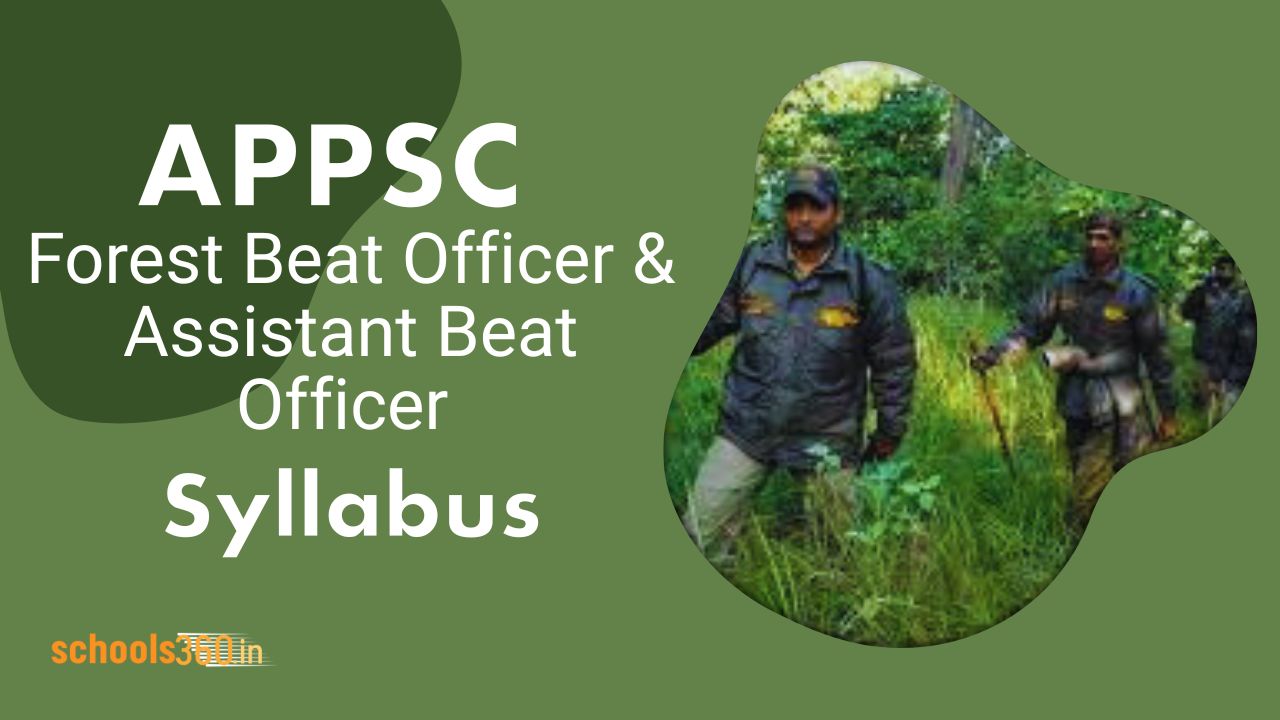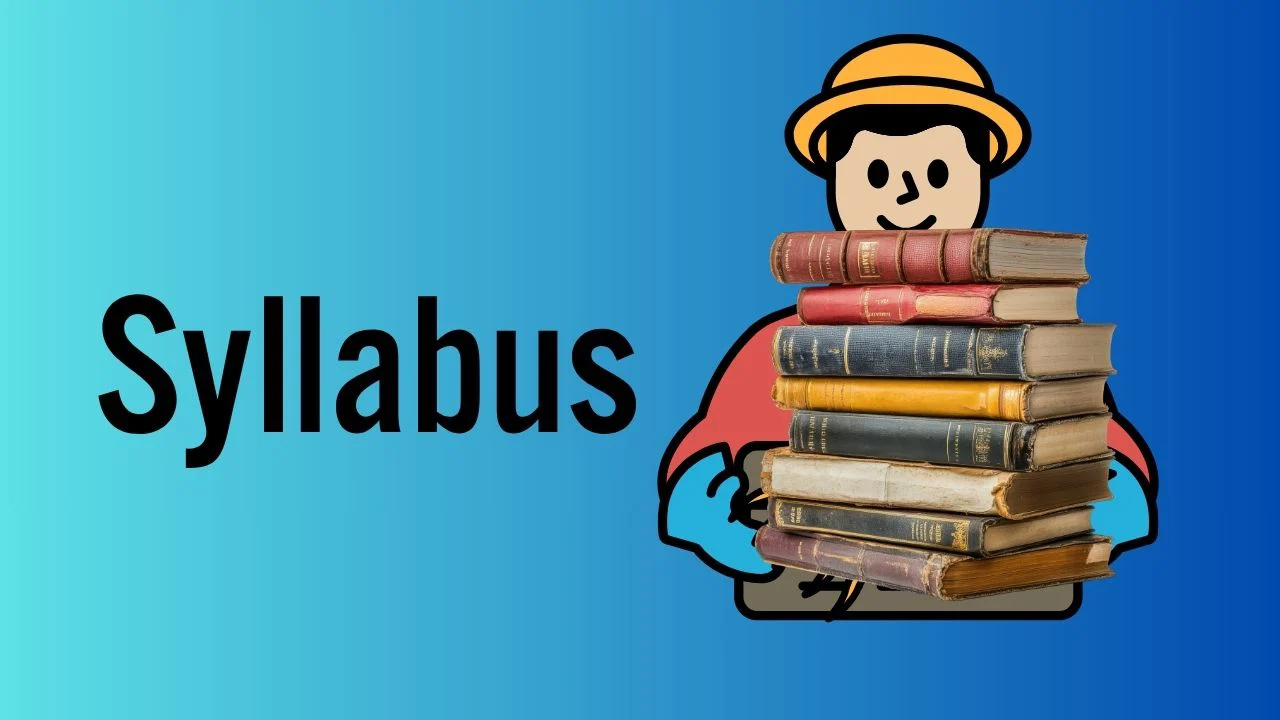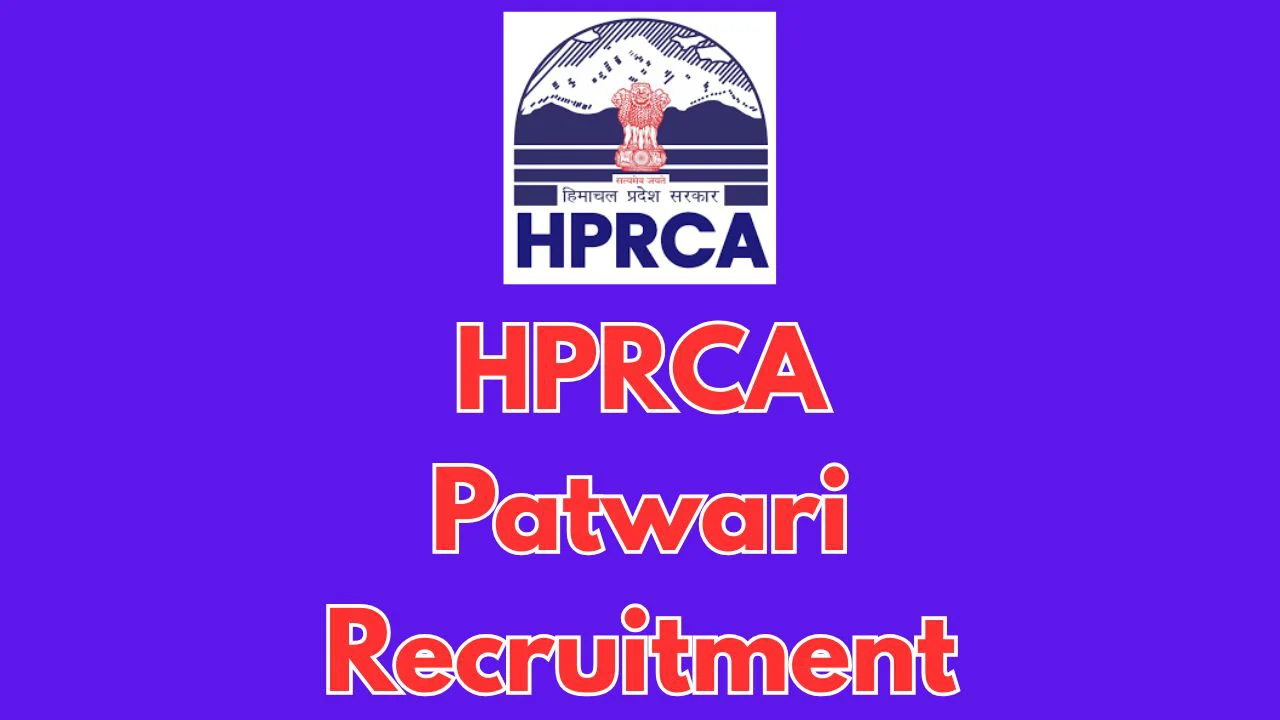AP FBO ABO Syllabus 2025: The Andhra Pradesh Public Service Commission (APPSC) will conduct the Screening Test in offline mode for Forest Beat Officer and Assistant Beat Officer (691 vacancies, excluding MSP vacancies) and Forest Section Officer (100 vacancies, excluding MSP vacancies), proposed to be held after July 15, 2025. The Syllabus for the Screening Tests for the said recruitments is available on the Commission’s Website, psc.ap.gov.in.
APPSC Forest Beat Officer & Assistant Beat Officer Syllabus 2025
The Andhra Pradesh Public Service Commission released the revised Syllabus for FBO and ABO Posts. The Officials of the Andhra Pradesh Forest Department will conduct the screening exam in two Parts. Part-A will be General Studies & Mental Ability and Part-B will be General Science and General Mathematics. Candidates who want to qualify with a good score must prepare for the examination with the Latest Syllabus provided in this Article.
APPSC Forest/ Assistant Beat Officer Syllabus 2025
| Name of the Organization | Andhra Pradesh Public Service Commission (APPSC) |
| Exam Name | AP Forest Department Recruitment 2025 |
| Post Name | Forest Beat Officer (FBO) Assistant Beat Officer (ABO) |
| No. of Posts | 791 Vacancies |
| Work Location | Andhra Pradesh |
| Job Type | AP Govt Jobs |
| Application Mode | Online |
| Date of Screening test | After July 5, 2025 |
| Category | Syllabus |
| Official Website | psc.ap.gov.in |
APPSC FBO ABO Exam Pattern 2025
For both Forest Beat Officer (FBO) and Assistant Beat Officer (ABO) Posts, the Exam Pattern is Same. There will be 150 Questions. Each Question Carries one mark. And each wrong answer will be penalized with 1/3rd of the marks prescribed for the question.
AP FBO ABO Screening Test Exam Pattern
| Subject | No. of Questions | Duration (Minutes) | Maximum Marks | |
| Part-A | General Studies & Mental Ability | 75 | 150 | 75 |
| Part-B | General Science & General Mathematics (SSC standard) | 75 | 75 | |
Total | 150 | |||
AP FBO ABO Mains Exam Pattern 2025
| Sl No. | Subject | Marks | Questions | Minutes |
| 1. | Writing an essay in English or Telugu or Urdu (Descriptive type) | 50 Marks (Qualifying Test ) | 1 Question | 30 Minutes |
| 2. | Paper-1 General Studies & Mental Ability (Objective type) | 100 Marks | 100 Questions | 100 Minutes |
| 3. | Paper-2 General Science & General Mathematics (SSC standard) (Objective type) | 100 Marks | 100 Questions | 100 Minutes |
| Total | 200 Marks | 201 Questions | 230 Minutes |
APPSC FBO ABO Syllabus 2025
AP FBO ABO Screening Test Syllabus 2025
Part-A
GENERAL STUDIES & MENTAL ABILITY
- General Science – Contemporary developments in Science and Technology and their implications including matters of every day observation and experience, as may be expected of an individual who has passed Intermediate and not made a special study of any scientific discipline.
- Current events of National importance and the State of Andhra Pradesh.
- History of India – emphasis will be on broad general understanding of the subject in its social, economic, cultural and political aspects with a focus on AP and Indian National Movement.
- Geography of India with a focus on Andhra Pradesh State.
- Indian polity and Economy – including the country’s political system- rural development – Planning and economic reforms in India.
- Mental Ability – Reasoning & Inferences.
- Sustainable Development and Environmental Protection.
- Disaster Management:
- The concepts in disaster management and vulnerability profile of India / State of A.P.
- Causes and effects of Earth quakes/Cyclones/Tsunami/Floods/Drought.
- Manmade disasters – Prevention strategies, mitigation strategies and mitigation measures.
GENERAL SCIENCE (SSC Standard)
Source of Energy: Renewable and Non-renewable sources of energy.
- Renewable sources: Solar energy (Solar Cooker, Solar water heater, Solar Cell); Wind energy, Hydro energy (Tides of Ocean, Hydroelectric), Geothermal wood, Biogas, Hydrogen and Alcohol.
- Non-renewable sources: – Fossil fuel (Coal, Petroleum and Natural gas), conditions for combustion choice of a good fuel, fuel efficiency, nuclear fusion and nuclear fission, chain reaction, nuclear reactor (basic principles; safety measures), advantages and hazards of nuclear energy, mangal Turbine (Fuel less turbine)- Principle, working and uses.
Living world:
- Life Processes such as nutrition, modes of nutrition – Autotrophic, heterotrophic, Parasitic and saprophytes.
- Nutrition of plants – Photosynthesis & factors affecting the photosynthesis
- Nutrition in animals like Amoeba & grasshopper.
- Human digestive system.
- Respiration in Plants and Animals.
- Type of respiration- Aerobic and anaerobic respiration.
- Respiration through Skin, Gills, trachea lungs. (Earthworm, Fishes, Grasshopper and Human)
- Knowledge of structure and function of human respiratory system.
Transportation & Excretion:
- Transportation in Plants and animals. (Water, minerals, food).
- Transportation in Human – Composition and function of blood, clotting of blood, blood Groups, transfusion of blood, heart, structure and functions of blood vessel (elementary knowledge) and lymphatic system.
- Excretion in animals (Amoeba and earth worm), excretion in human, Osmoregulation.
- Nervous system and hormones in Human- reflex action.
Reproduction, growth, heredity and evolution:
Reproduction and growth:
Types of Reproduction:
- Asexual: Fission budding, regeneration, vegetative propagation in plants, cutting, grafting and layering, Parthenogenesis.
- Sexual reproduction and its significance- reproductive parts of plants, pollination and fertilization.
- Human reproductive system, mental and physical change during human development.
Heredity and Evolution:
- Heredity and Variations,
- Physical basis of Heredity-chromosomes; D.N.A. (elementary knowledge), Genes, Sex determination.
- Elementary knowledge of evolution.
Natural Resources:
- Metals: Ores and minerals, metallurgy, Enrichment of ores, extraction of metal from ores, refinement and purification of metal with reference to Iron and aluminium, Activity series of metals, general properties and corrosion of metals, Alloys, Components, properties and uses of steel; stainless steel, Brass, magnalium, alloys of gold.
- Non-metals: Importance and general properties, method of preparation of hydrogen, properties and its uses, manufacturing of ammonia (Only reactions), properties and uses, sulphur – occurrence, extraction, properties (allotropy and effect of heat) and uses. Properties and uses of Sulphur dioxide, manufacture of sulphuric acid (Only reactions), its properties and uses.
Carbon Compounds: Functional groups (only oxygen containing) Alcohols -preparation, properties and uses, preparation methods, properties and uses of formaldehyde, Acetone and Acetic acid. Some common synthetic polymers, soaps and detergents.
Environment and Environmental Problems:
- Causes, prevention and control of environmental problems, Land, water, Air, noise pollution and accumulation of waste materials.
- Biodegradable and Non-biodegradable materials,
- Interaction between biotic and non-biotic components of ecosystem.
- Ecological balance, efforts and measures for conservation of environment.
- Process of water management and conservation:
- Rain water harvesting
- Ground water recharging
- Conservation of forests
- Land management and conservation
- Public awareness for environmental protection
- Green House effect
- Global warming
- Ozone layer depletion
- Acid rain.
Ethnobotany:
- Morphological study of medicinal plants, their classification on the basis of their use and life span.
- Study of botanical names and medicinal use of the following seasonal and perennial plants.
| A. Seasonal plants: | |||
| Malkangni | Celastruspaniculetus | Cumin | Cuminum cyminum |
| Ashwaganda | Withaniasomnifera | Fennel | Foeniculum vulgare |
| Ginger | Zingiber officinane | Ajwayin | Trachyspermumammi |
| Turmeric | Curcuma longa | Marua | Origanum majorana |
| Garlic | Allium sativum | Tulsi | Ocimum sanctum |
| Fenugreek | Trigonella foenum- graecum | Vacha | Achorus calamus |
| Touch- me- not | Mimosa pudica | Adusa | Adhatodavasica |
| Soya | Glycine max | Giloy | Tinospora cordifolia |
| Shatawar | Asparagus racemosus | Harjor | Cissus quadrangularis |
| Sarpgandha | Rauvolfia serpentina | Bryophytum | Bryophytumpinnatum |
| Isabgol | Plantago ovata | Bhui Aonla | Phyllanthus niruri |
| Dioscorea | Dioscorea pentaphylla | Castor | Ricinus communis |
| B. Perennial plants: | |||
| Harad | Terminalia chebula | Harshinagar | Nyctanthus arbor-tristis |
| Baheda | Terminalia bellirica | Amaltash | Cassia fistula |
| Aonla | Phyllanthus emblica | Pomegranate | Punica granatum |
| Nirgundi | Vitex negundo | Sandal | Santalum album |
| Babool | Acacia nilotica | Nuxvom, | Strichnusnux-vomica |
| Neem | Azadirachta indica | Paras peepal, | Thespesia populnea |
| Sheesham | Dalbergia sissoo | Arjuna, | Terminalia arjuna |
| Catechu | Acacia catechu | Eucalyptus, | Eucalyptus |
| Karanj | Pongamia pinnata | Bel, | Aegle marmelos |
| Sweet Neem | Murrayakoenigii | Apamargh, | Achyranthes aspera |
| Kachnar | Bauhinavariegata | Bhringraj, | Eclipta alba |
| Peepal | Ficus religiosa | Kaner | Nerium oleander |
GENERAL MATHEMATICS (SSC Standard)
ARITHMETICS:
- Number System-Natural numbers, Integers.
- Rational and Real numbers.
- Fundamental operations, addition, subtraction, multiplication, division, square roots, Decimal fractions.
- Unitary method-time and distance, time and work, percentages, applications to simple and compound interest, profit and loss, ratio and proportion, variation.
- Elementary Number Theory – Division algorithm, Prime and composite numbers. Tests of divisibility by 2,3,4,5,9 and 11.
- Multiples and factors, factorisation Theorem. H.C.F. and L.C.M. Euclidean algorithm. Logarithms to base 10, laws of logarithms, use of logarithmic tables.
GEOMETRY:
- Lines and angles, Plane and plane figures.
- Theorems on
- Properties of angles at a point.
- Parallel lines.
- Sides and angles of a triangle.
- Congruency of triangles.
- Similar triangles.
- Concurrence of medians and altitudes.
- Properties of angles, sides and diagonals of a parallelogram, rectangle and square.
- Circles and its properties including tangents and normals.
- Loci.
STATISTICS:
- Collection and tabulation of statistical data,
- Graphical representation – frequency polygons, histograms, bar charts, pie charts etc.
- Measures of central tendency.
Note: The Syllabus is same for Both Screening Test and Mains Exam










